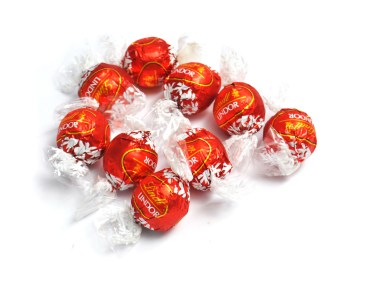If you consult The Yale Dictionary of Art & Artists on the subject of William Hodges, the brief entry will inform you that he was a British landscape painter, pupil of Richard Wilson ‘and his most accomplished imitator’, and that not finding success in London he joined Captain Cook’s second voyage to the South Pacific as official landscape artist. That was in 1772–5. From 1780 to 1784 he was in India, and in 1790 he visited Russia. ‘Hodges’, we are told, ‘skilfully adapted Wilson’s technique and rules of composition to exotic material, while maintaining an air of documentary fidelity.’ I am a seasoned admirer of Yale’s Dictionary, expertly compiled by Erika Langmuir and Norbert Lynton, but this entry is too bald. Hodges has been underrated, largely because his work has not been sufficiently seen. A new exhibition — which travels next year to the Yale Center for British Art in New Haven — should help to remedy this.
William Hodges was London-born, the only son of a blacksmith, who first trained at the drawing school of William Shipley. At the age of 14 he was articled for seven years to Richard Wilson, the leading British landscape painter of his day, famous for his views of Snowdonia done in the classical tradition (part nature and part nostalgia). Hodges became so adept in the manner of his master that some of his paintings were attributed to Wilson, and occasionally even vice versa, leading to unfortunate accusations of forgery. Indeed, Hodges’s beautiful ‘View of Funchal (Madeira)’, the first painting in the exhibition, and probably the first from the voyage with Cook, was originally attributed to Richard Wilson. It is a small and accurately detailed painting of the town, dominated by its dreamy backcloth of hills.
Among the very fine paintings in this exhibition are ‘A View of Part of the Island of Ulietea’ (September 1773), which has all the compelling dash of the plein-air studies made popular by the Impressionists 100 years later.







Comments
Join the debate for just £1 a month
Be part of the conversation with other Spectator readers by getting your first three months for £3.
UNLOCK ACCESS Just £1 a monthAlready a subscriber? Log in